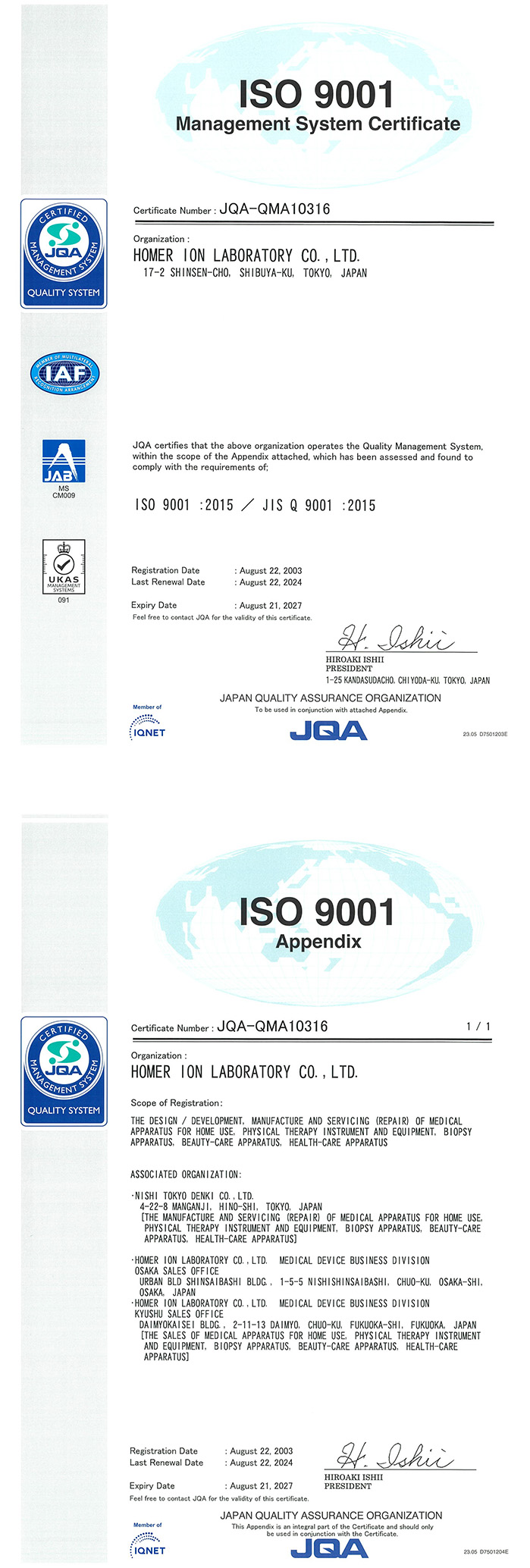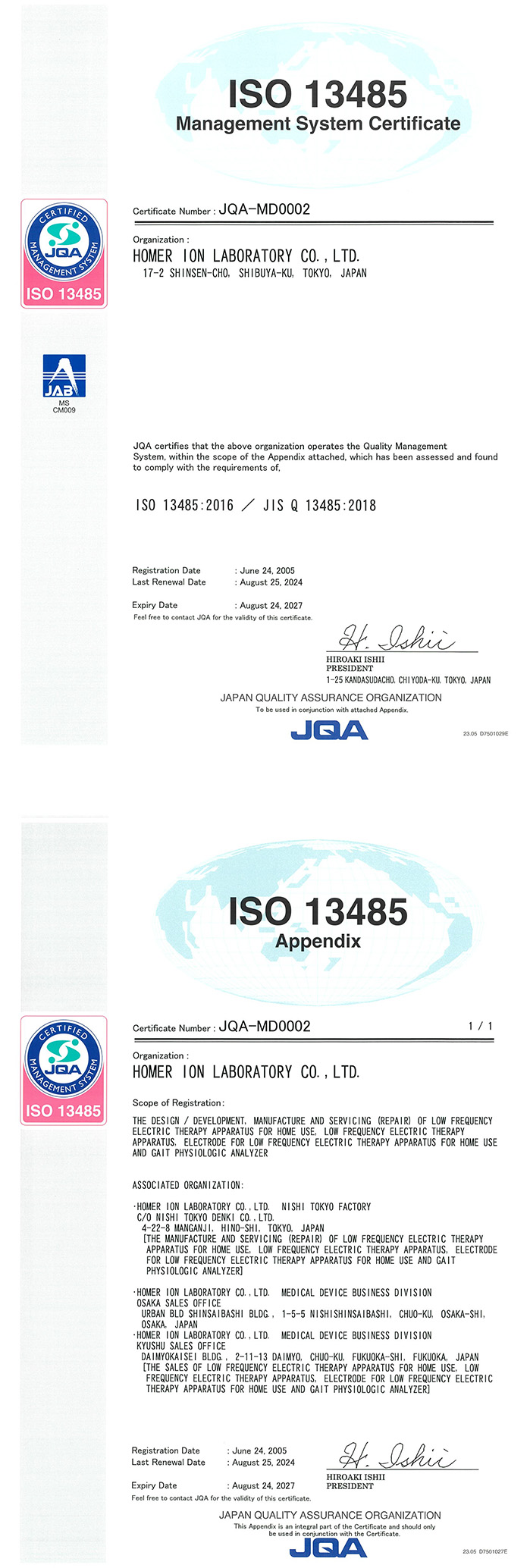

Dialysis
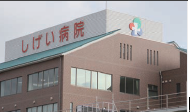
Located in Saiwai-cho, Kurashiki City, Okayama Prefecture, our hospital has a distinguished history as the first medical facility in the region to introduce hemodialysis treatment.
With the philosophy of being “a compassionate hospital trusted by the local community”, we value a sense of emotional sensitivity and maintain a critical, proactive mindset in nursing practice. , and providing comprehensive, consistent medical support, extending from inpatient care to post-discharge home-based care.
Our ultimate goal is to help patients overcome physical challenges and successfully reintegrate into society. In line with this mission, we aspire not merely to be a conventional hospital (byouin in Japanese) but to serve as a “Ken-in” — a unique concept in Japanese healthcare, referring to a place dedicated to restoring health, promoting wellness, and supporting each patient’s journey toward a healthier, independent life.
We maintain a close collaborative relationship and clearly defined role-sharing with Kurashiki Central Hospital , a neighboring advanced acute care facility with 1,161 beds, ensuring seamless, high-quality, patient-centered medical services for the community.
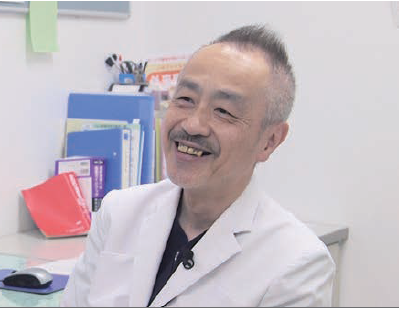
Vice Director, Shigei Hospital
Director, Blood Purification Therapy Center
Education:
• Graduated from Gifu University Faculty of Medicine, 1982
Career:
• Worked at Okayama Medical Center
• Worked at Shigei Medical Research Hospital
• Currently serving at Shigei Hospital since 2016 as Vice Director and Director of the Blood Purification Therapy Center
Qualifications / Board Certifications:
Board-Certified Nephrologist
Certified Instructor by the Japanese Society of Nephrology
The aging population among dialysis patients is progressing, with most patients starting dialysis at age 65 or older. Additionally, the number of patients with diabetes-related complications is increasing, leading to a growing number of individuals unable to visit the clinic independently. At our hospital, some patients manage to come using services like nursing care taxis, but when even that becomes impossible, they are often forced to enter long-term care facilities or require prolonged hospitalization. In today’s context, where community-based integrated care is being actively promoted, it is crucial for dialysis patients to be able to visit the clinic on their own. To achieve this, rehabilitation for dialysis patients is indispensable.
Compared to ergometers or exercise balls, it can be performed quantitatively
-Target Conditions and Background for Introducing B-SES
Dr. Arimoto: Even when patients are supposed to do muscle training, those with joint pain or reduced cardiopulmonary function often cannot apply sufficient load. For such patients, I believe trying B-SES is beneficial. At our hospital, we have patients perform B-SES during dialysis. We also tried cycling exercises (such as with a recumbent ergometer), but even healthy individuals find pedaling while lying down surprisingly difficult, and securing the device is challenging. Currently, patients use a balance ball during dialysis, but since the load varies depending on how they step, it is not as quantitative as B-SES. From this perspective, if muscle strength can be maintained with B-SES, it would provide significant benefits.
-Outlook for B-SES
Dr. Arimoto: Exercise therapy should begin in the early stages of chronic kidney disease (CKD), as starting only after dialysis initiation is too late. At our CKD outpatient clinic, we provide exercise guidance to all patients, and as part of this, we aim to utilize B-SES starting from the pre-dialysis (conservative) phase.
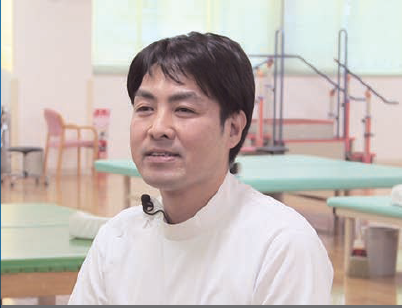
Education:
• Graduated from Okayama Medical Technology College, Department of Physical Therapy, 2009
Career:
• Working at Shigei Hospital Rehabilitation Department
Qualifications / Board Certifications:
• Certified Respiratory Therapist
• Cardiac Rehabilitation Specialist
• Foot Care Trainer
Our hospital’s policy emphasizes the importance of initiating exercise therapy and rehabilitation as a preventive measure starting before the initiation of dialysis. For patients who have started dialysis, it is crucial to work on slowing the progression of physical decline and improving quality of life (QOL).
-Background of B-SES Implementation
Physical Therapist Imoto: Until now, when conducting strength training, patients experiencing pain often faced limitations due to discomfort, and those with cognitive impairment had difficulty understanding training methods and maintaining consistent load. Since introducing B-SES, passive muscle contractions can be induced, allowing for quantitative and consistent muscle strengthening even in patients with dementia or pain.
-Target Conditions for B-SES
Physical Therapist Imoto: Our hospital mainly provides dialysis-centered care, so we primarily use B-SES for patients undergoing dialysis or those with chronic kidney disease (CKD). For inpatients with musculoskeletal disorders such as fractures or ligament injuries who are in the off-loading phase, B-SES is more effectively used at the bedside compared to conventional rehabilitation. In patients with cerebrovascular diseases, B-SES is applied to facilitate voluntary muscle activation via transcutaneous electrical stimulation to address paralysis.
Significant Effect for Patients on the Verge of Losing Independent Walking Ability
-Application Criteria for B-SES
Physical Therapist Imoto:I believe B-SES can be used even for patients who are unable to perform voluntary movements or who have sensory impairments due to neurological symptoms, as long as proper considerations are taken. Based on my experience, B-SES shows great effectiveness for patients who are on the brink of losing independent walking ability, both in terms of physical function and quality of life (QOL). I find that when used in patients who still retain some muscle strength and have minimal muscle fiber atrophy, the effects appear more rapidly.
-Approach for Patients with Low Exercise Motivation
Physical Therapist Imoto: Many patients associate exercise with physical activities such as walking or running, which can be intimidating. B-SES, however, is easy to introduce to patients because I explain that “you just lie down,” and “no movement is required.” It serves as an accessible starting point for exercise and encourages continued use.
-Therapeutic Effects of B-SES
Physical Therapist Imoto: At our hospital, we mainly implement B-SES during dialysis sessions. While its primary effect is muscle strengthening, we have also received feedback from patients reporting improvements in daily activities, such as finding it easier to climb stairs. Additionally, some patients have experienced a reduction in lower limb pruritus (itchiness) after using B-SES. What I find most impactful is the psychological shift B-SES triggers—patients begin to think, “Maybe I can try exercising a little.” Many dialysis patients know they should exercise but are unsure how to start. Fatigue after dialysis and personal priorities on non-dialysis days often make it difficult to dedicate time to exercise. B-SES offers the advantage of being performed during dialysis, making efficient use of time. Patients who try B-SES often experience improved muscle strength, easier stair climbing, and increased walking distance. These physical improvements also boost their mood, fostering a positive mindset and motivation to continue exercising.
-Rehabilitation Programs Tailored to Diseases and Patients
Physical Therapist Imoto: While we primarily use B-SES for muscle strengthening, I also believe it has beneficial effects on metabolic improvement. There are research studies showing that B-SES can suppress postprandial blood glucose spikes by enhancing metabolism in patients with diabetes. We are applying B-SES similarly to help control blood glucose levels. Regarding its use during dialysis, hypotension symptoms tend to appear around the midpoint of a 4-hour dialysis session. Therefore, we start B-SES about 30 minutes to 1 hour after dialysis begins, once blood flow stabilizes, and continue it until around the 2-hour mark.
-Ease of Use, Efficiency, and Patient Benefits
Physical Therapist Imoto: For several years, we have been conducting annual physical fitness assessments for dialysis patients. The results clearly show significant physical decline in many patients. Correspondingly, patients themselves feel their declining physical strength but are often unsure about what specific actions to take. Through B-SES use, hearing patients say things like “I want to do this again” or “I feel stronger” really confirms for us that our interventions are effective.
-Advantages of Introducing B-SES
Physical Therapist Imoto: B-SES represents a novel method for muscle strengthening. Although electrical stimulation has been used before, B-SES stands out because it not only improves muscle strength but also enhances metabolic efficiency. Since many of our patients have internal medicine conditions like diabetes, modes that boost metabolic efficiency are very practical and well-received.
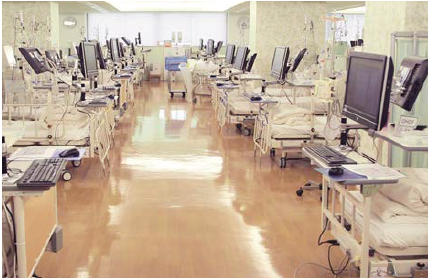
Photo:Dialysis Room Overview
